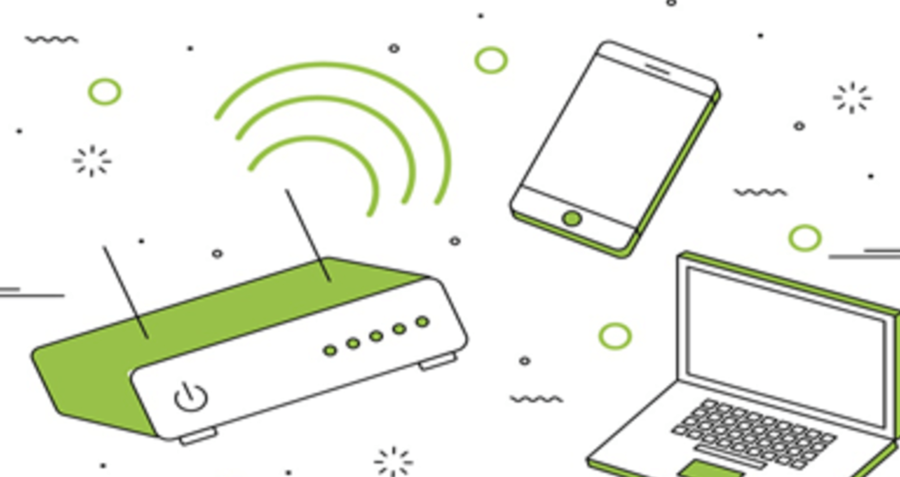Looking back at five inventions that not only changed Australia, but the world.
The history of Australian industry is one of innovation and great achievement. For generations, Australians from fields as diverse as medicine, engineering and even journalism have created, developed and invented to improve the lives of everyday people, everywhere.

Refrigerator: 1856
In 1856, Geelong newspaperman James Harrison went to London to patent his commercial ice-machine system, known today as the refrigerator. Born from the humble beginnings when the journalist noticed the cooling effects of ether on his typewriter keys, Harrison’s system of compressed gas changed food handling and storage forever.
Black box recorder: 1953
Working on air crash investigations in the early 1950s, scientist David Warren realised that if cockpit audio and aircraft telemetry were automatically recorded, he could reconstruct the cause of an accident. And in 1953 he did just that, inventing the first ‘black box’. The value of the black box system was realised following a plane crash in Queensland in 1960, after that Australia became the first country in the world to introduce compulsory cockpit recording. Now investigators use them not only for crash investigations but also near-misses, in an attempt to solve problems before they occur.
Ultrasound 1962
Towards the end of the 1950s, concern was growing about the effect of x-rays on unborn babies, so a dedicated research team in Sydney was established. David Robinson and George Kossoff’s revolutionary 1962 image of an unborn baby was quickly followed by developments in breast scans, brain scans, abdominal imaging, and even eye health. This technology, developed for foetal health, has become an integral component in a huge range of medical fields.
Bionic Ear 1978
In 1978, after a decade of research, Australian surgeon Professor Graeme Clark completed the first successful cochlear implant. Known as the ‘bionic ear,’ the implant had seemed too complex ever to become reality, but Clark was relentless in his determination to improve interaction with the world for profoundly deaf people.
Wi-Fi 1992
In the early 1990s, with the whole world seeking to make the internet faster, more reliable, and more accessible, the CSIRO put together a small team of mathematicians and scientists to work on what is now considered one of the great Australian science success stories. Using techniques designed to better understand black holes, the team developed Wi-Fi technology, and changed the way we interact, engage and communicate.
History’s shown that there is simply no challenge that human ingenuity can’t overcome.
Discover some of the most beautiful and innovative examples of ingenuity that have inspired us in our new TV ad.




